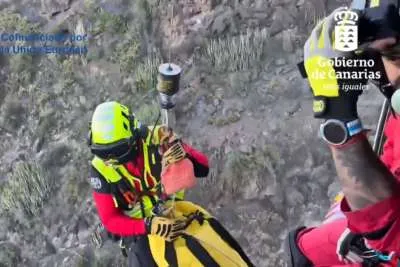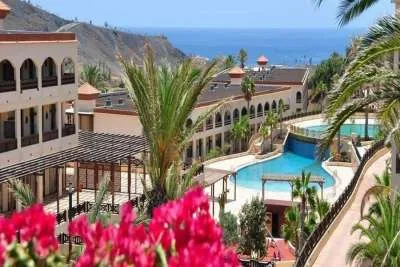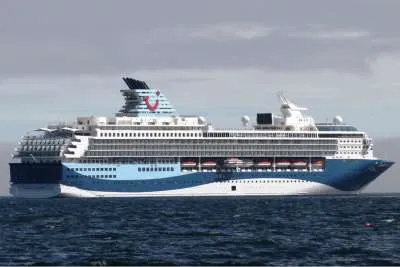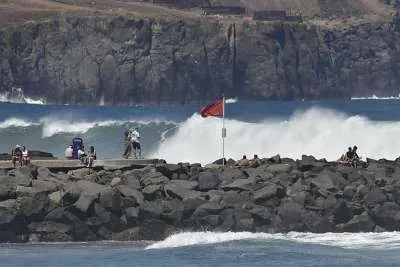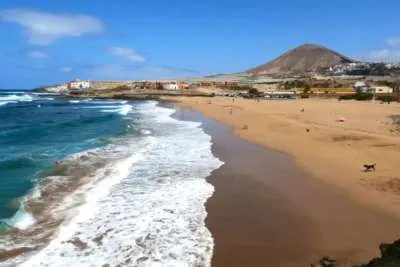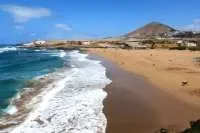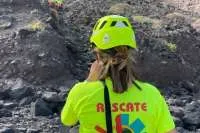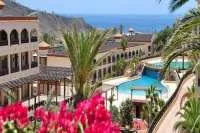Can Sustainable Tourism save the Canary Islands? What the Tenerife protests say about the future of travel
- 28-05-2025
- Tenerife
- Canarian Weekly
- Photo Credit: CW / Lonely Planet
This Easter, as holidaymakers arrived in Tenerife for sun and sea, the island’s tourism industry faced disruption. Industrial action affected around 80,000 hospitality and hotel workers across the western Canary Islands, with many walking out over Holy Thursday and Good Friday and protest outside the hotels over low wages.
In South Tenerife, where participation was especially high, the strike highlighted growing unease over working conditions, housing pressures, and the strain mass tourism places on local infrastructure, renewing calls for a more sustainable model.
Why Is Tenerife So Popular?
Tenerife is one of Europe’s most visited islands, drawing in more than seven million tourists each year. With its enviable climate, the island has long been a favourite for holidaymakers from the UK, Germany, and mainland Spain. There’s an impressive variety of things to do on holiday in Tenerife, so its popularity is no surprise. The island boasts golden beaches, black volcanic shores, lush laurel forests, world-class hiking, and Mount Teide, Spain’s highest peak.
Beyond its natural beauty, Tenerife is known for its vibrant mix of local charm and modern convenience. Traditional villages with cobbled streets and fiestas sit just a short drive from high-end resorts and golf courses. Add to that excellent flight connections, a wide range of accommodation, and a relatively low cost of living, and you have a destination that ticks nearly every box for European travellers.
However, this same popularity is now putting unprecedented pressure on the island’s infrastructure, housing market, and natural environment, issues that came to the forefront during the industrial action that took place over Easter.
What Happened in Tenerife: The Easter 2025 Protests
Over Easter 2025, Tenerife became the focal point of a wider movement across the western Canary Islands as long-standing frustrations around tourism and working conditions reached a tipping point. On April 17th and 18th (Holy Thursday and Good Friday), industrial action affected around 80,000 hotel and hospitality workers across the western province, including Tenerife, La Palma, La Gomera, and El Hierro. The strike followed the rejection of a proposed 6% salary increase, which many workers considered inadequate given the rising cost of living and ongoing pressures within the tourism sector.
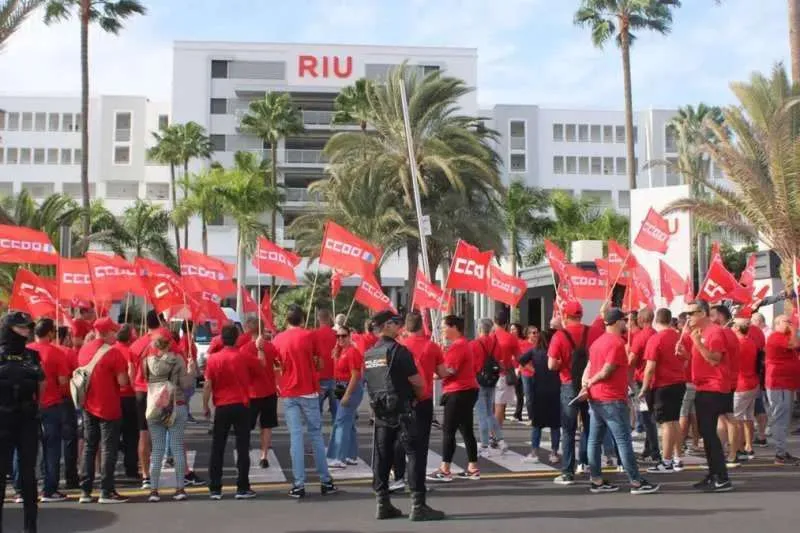
By contrast, strike action was avoided in the eastern province of Las Palmas de Gran Canaria, where an agreement was reached for a 9% pay rise and a €650 one-off payment between employers and unions. The disparity in outcomes between the provinces only deepened frustration in Tenerife, where the service sector forms the backbone of the economy but often fails to provide fair compensation to those who keep it running.
The impact of the strike was most visible in South Tenerife, the island’s main resort hub, where over 80% of hotel workers reportedly participated. Residents made it clear they were not against tourism itself, but stressed the need for reform. Concerns included water shortages, inflated housing costs due to short-term rentals, and the increasing pressure on public services and infrastructure.
In the weeks leading up to Easter, tensions had already begun to surface. A handful of incidents, including the vandalism of rental cars and anti-tourist graffiti, highlighted the emotional charge behind the movement. While these actions were condemned by the majority of residents, they reflected just how deeply frustration runs among communities that feel unheard in decisions affecting their daily lives.
Together, the strike marked a significant moment of reckoning. Not an outright rejection of tourism, but a firm and public demand for a system that works better for workers, for residents, and for the island itself.
The Other Side: How Tourism Helps Tenerife Thrive
Despite the protests, it’s important to acknowledge the undeniable benefits that tourism brings to Tenerife. The sector contributes more than 35% of the island’s GDP and supports tens of thousands of jobs, not only in hotels and restaurants but also in construction, transport, entertainment, and retail.
Tourism has also driven significant infrastructure improvements. Roads, hospitals, and public transport networks have all benefited from the revenue generated by holidaymakers. In rural areas, agrotourism and visitor interest have revitalised local economies that might otherwise have faced decline.
Culturally, tourism has played a role in preserving and showcasing Canarian traditions. Local festivals, artisan markets, and museums often rely on visitor engagement and spending to stay afloat. And with the right approach, tourism can be a powerful tool for promoting pride in heritage and place.
Rethinking the Future: What Sustainable Tourism Could Mean for Tenerife
Sustainable tourism is about finding a balance and welcoming visitors in a way that benefits local communities, protects the environment, and preserves cultural identity. It doesn't mean fewer tourists, but smarter tourism that respects the island’s limits.
For Tenerife, this could involve practical changes like introducing a tourist tax to support conservation, placing caps on visitor numbers in sensitive areas like Teide National Park, and regulating short-term holiday rentals to ease pressure on housing. Encouraging holidaymakers to support local businesses and opt for low-impact experiences like hiking and cultural tours can also help shift the focus from quantity to quality.
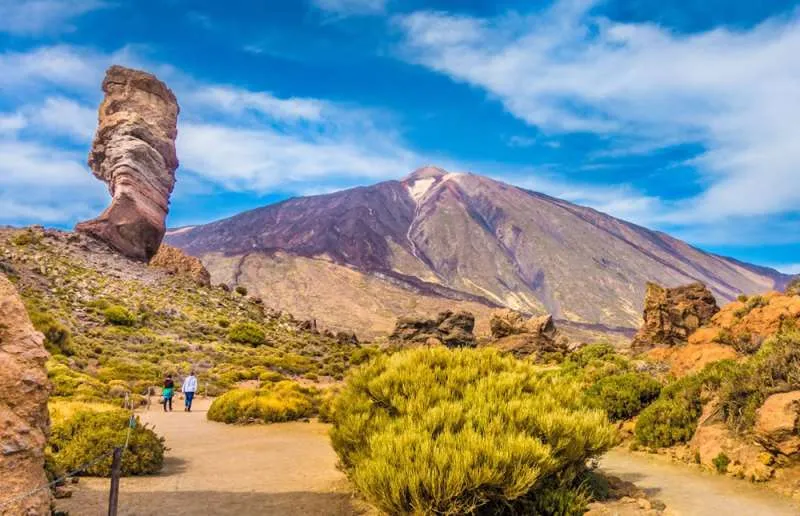
With its diverse landscapes, rich heritage, and strong sense of place, Tenerife is well-positioned to become a model for sustainable tourism in Europe. The goal isn’t to reduce its appeal but to ensure it remains a thriving, liveable island for generations to come.
What Tourists Can Do
If you’re planning a trip to Tenerife, there are several ways you can make a difference:
● Use public transport or hire electric vehicles
● Dine at family-run restaurants and buy from local artisans
● Visit less-touristy areas to distribute your impact
● Learn about Canarian culture and respect local customs
By travelling responsibly, tourists can become part of the solution, not just spectators to the island’s challenges.
Other articles that may interest you...
Trending
Most Read Articles
Featured Videos
A Vision of Elvis Tenerife Promo
- 10-05-2025
TEAs 2025 Highlights
- 17-11-2025

















